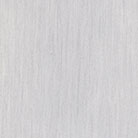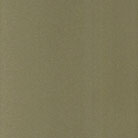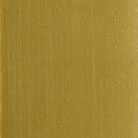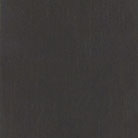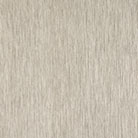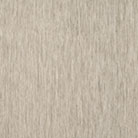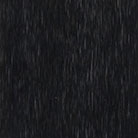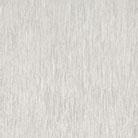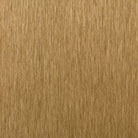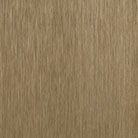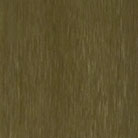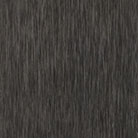Anodizing

Anodizing or anodic oxidation, it is an electrolytic process that provides aluminum, by its immersion in several baths, a protective and decorative surface layer, the anode layer.
This control process promotes the controled corrosion of the metal, so as to cause artificial, accelerated growth of the oxide film, in order to obtain a corrosion resistant surface and the possibility of coloration.
The thickness of the anode layer will be greater the more corrosive is the atmosphere to which the aluminum will be subjected, however, thicknesses greater than 25 microns do not bring significant improvements in corrosion resistance.
Anicolor provides all its costumers profiles with the class of minimum thickness of 15 microns, thereby ensuring the product quality.
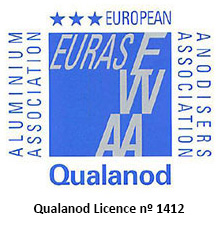 The european quality certificate Qualanod, which Anicolor holds, testifies the quality of our anodized products.
The european quality certificate Qualanod, which Anicolor holds, testifies the quality of our anodized products.
Anodizing allows a perfect balance between diversity of color and texture finish, corrosion protection, longevity of materials and low maintenance cost.
Through chemical and mechanical processes it's possible to obtain many different types of stains and finishes:
Satin: Mate appearance obtained by a chemical operation.
Polished: Bright mirrored appearance obtained by using a soft brushing applied to the material.
Sanding: Obtained by passing sandpaper on the profiles, resulting in a scratched surface appearance.
Repolished: Subsequent anodizing treatment gives the material an aspect of patent and it can be done in any of the above pretreatments.
Some of the finishes available (actual colors may vary from those shown in the samples):



 English
English Português
Português Français
Français Español
Español


